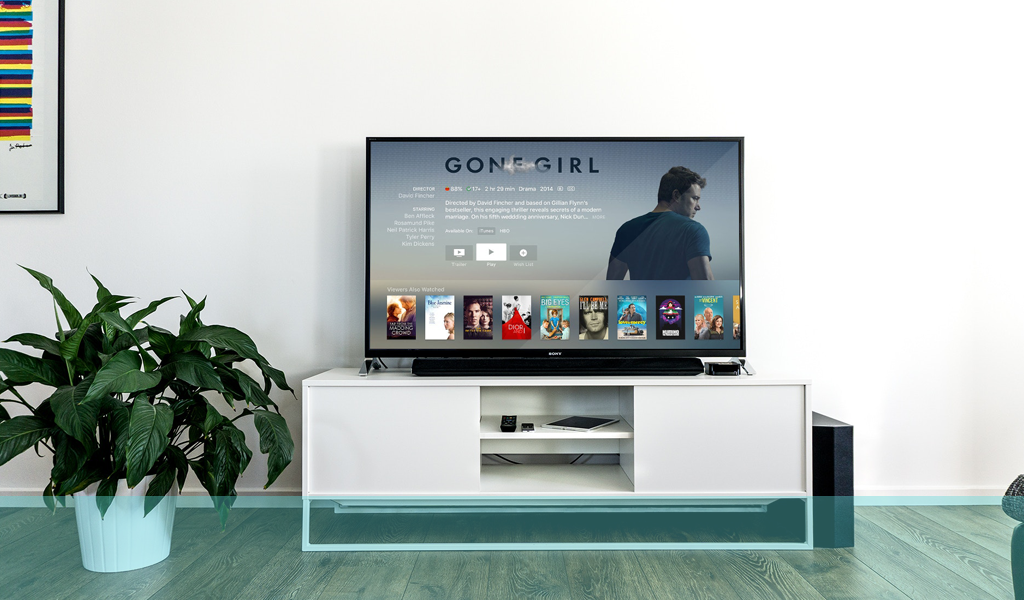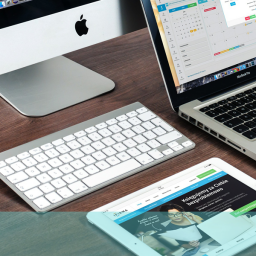
The next big platform for e-commerce is going to be smart TV. There doesn’t seem to be much doubt about this – it is just a question of how and when it is going to really take off. There is a temptation to look at the current state of the technology and the market and think – ‘well it is nowhere near yet, so why should I worry?’
Early birds might catch the multi-platform worm
That is an understandable viewpoint and it is probably true that most businesses don’t need to be in a great hurry to come up with smart TV offering – yet. But the evidence from previous innovations in these areas would suggest that those companies who have a multiplatform strategy that takes new media and technologies into account will be better placed to take advantage of them when they do come on stream in a big way.
Smartphones and tablets are not the only multiplatform devices
You probably already have a multiplatform strategy that covers smartphones and other handheld devices and tablets (if you don’t, we seriously suggest you get one quickly – talk to us about it on 0800 0246 247). However, a long-term strategy for t-commerce (e-commerce on a TV platform) might need to consider different factors.
T-commerce will be the next big multiplatform step
There is strong evidence that an extremely high proportion of handheld devices and tablets are used when watching TV and as many as a quarter actually used in conjunction with what is being watched. At this early stage of development this indicates a massive opportunity for e-marketers. But will users react to the same content displayed on a large TV screen as they do to the small smartphone display? Evidence from other competing media from the past would suggest not. Cinema always had to work harder to entertain and engage the audience with ads because people were there to be entertained and expected something more than just a standard TV commercial.
Standard multi-platform layouts won’t work on TV screens
The layout of your standard multiplatform site could look very cluttered and random when appearing on the larger screen, especially when viewers are used to seeing the clean lines and high production values that contemporary TV programmes project. And viewers sitting in front of the TV might not be inclined to work very hard or go through too many actions to get information or make a purchase. They will also be encumbered by the limitations of the remote control so anything that simplifies the process is likely to be beneficial.
Responsive design v TV specific
There are two options for how you proceed with this; using responsive design or developing a TV-specific site. There are advantages in both approaches. Responsive design uses one multi- platform code for design and content management, automatically adjusting the template to suit the medium. This makes it simple, quick and [potentially] inexpensive.
A TV-specific site is likely to require a complete rethink using a different approach, probably combining audio and video with the usual e-commerce elements and simplifying the interaction and ordering processes. This is likely to be expensive and, in the short term, probably not commercially viable (unless you are in the digital marketplace, in which case your audience and competition might demand some action). The best strategy might be to go with responsive design for the short-term but with a plan for a specific TV design solution for when the medium really takes off.
If you would like advice on constructing an effective multiplatform strategy for your business get in touch.







[…] is at the expense of the larger screen experience. Virtual shopping is crying out to be used on large screens where the experience can be completely immersive and I can’t see the user experience being […]